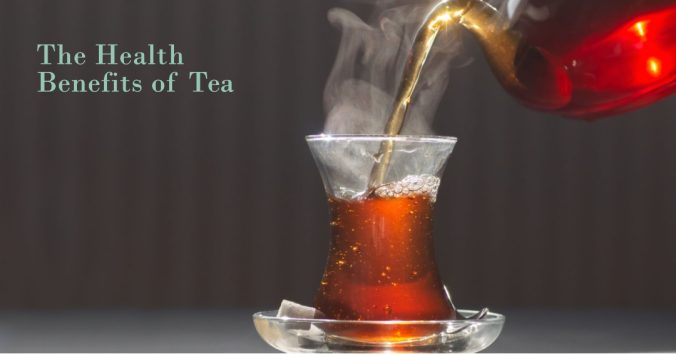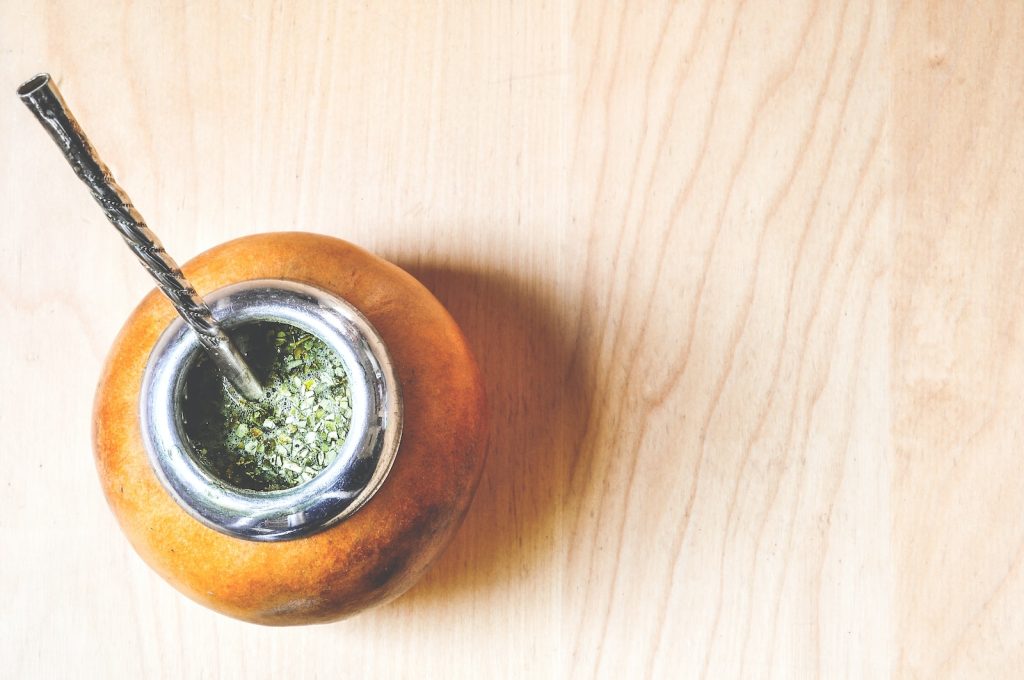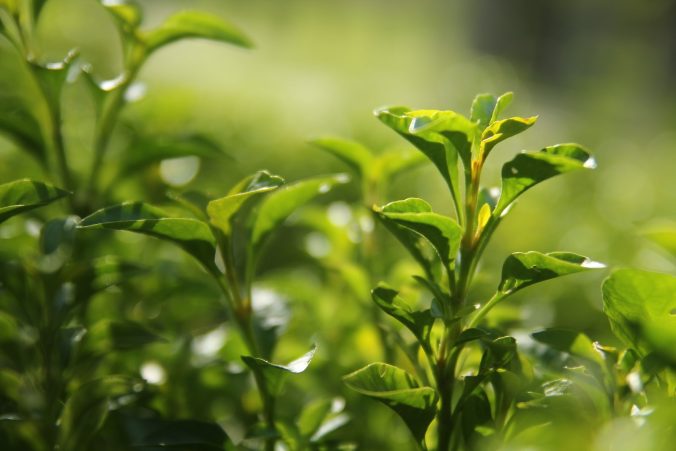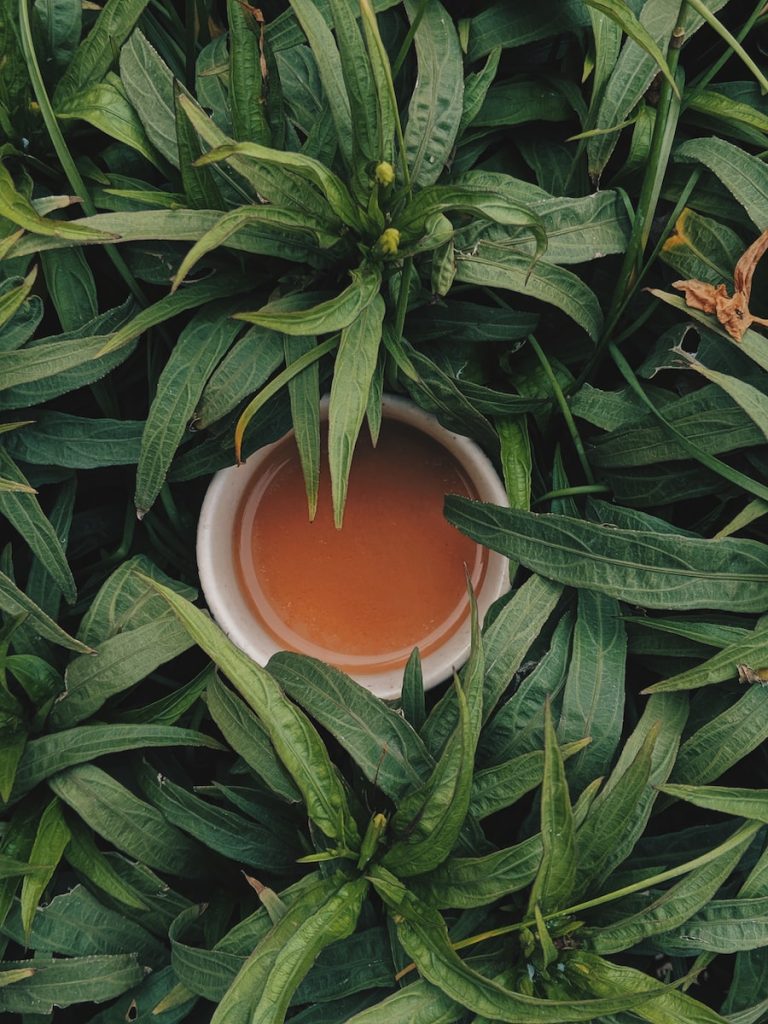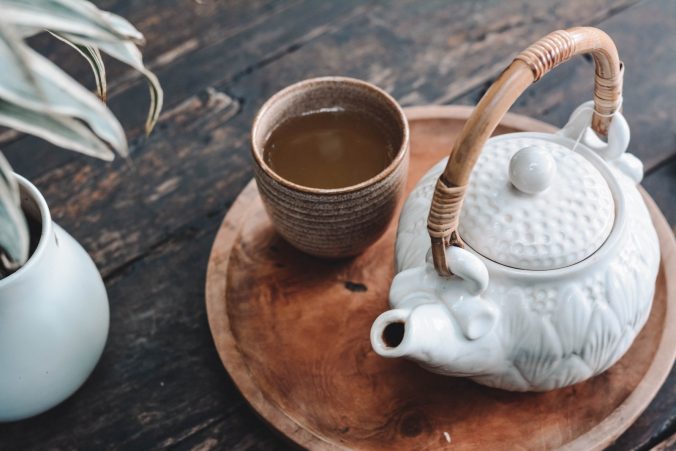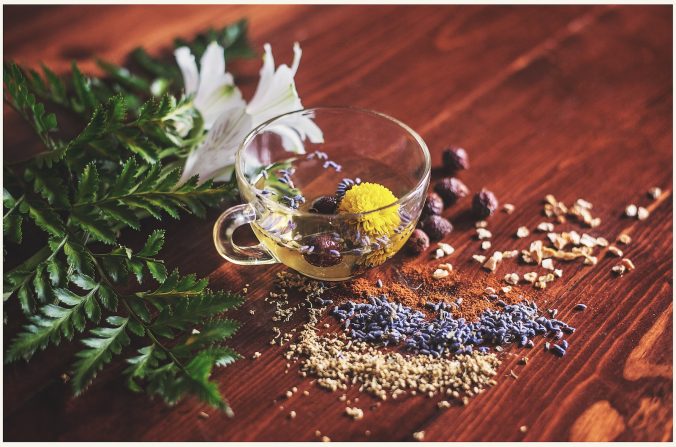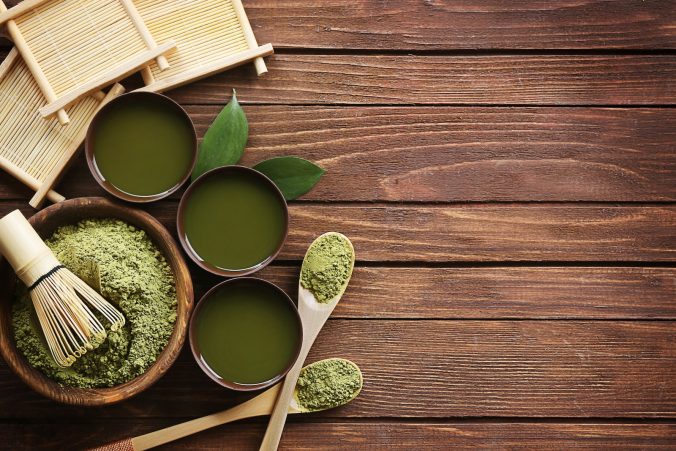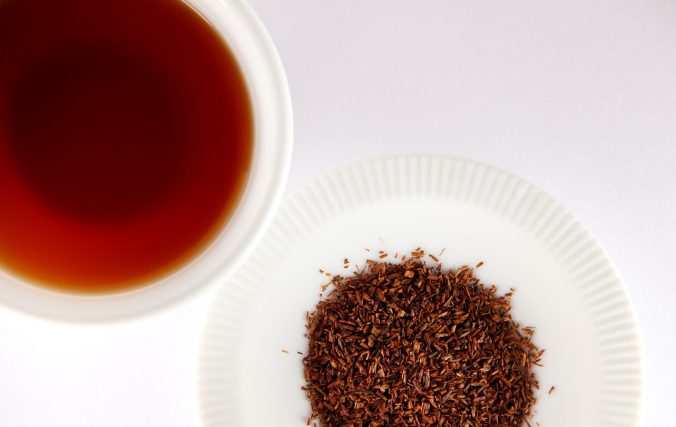Table of Contents
- Overview of Tea Grading Systems
- Chinese Tea Grading System
- Indian Tea Grading System
- Japanese Tea Grading System
- Factors Affecting Tea Quality and Grading
- Frequently Asked Questions about tea quality
- Conclusion
If you’re a tea lover, you’ve probably noticed that teas come in different grades. The grading systems used to classify teas are based on factors such as leaf appearance, size, quality and taste.
In this article, you’ll gain insights into the grading systems used in different tea-producing regions around the world. Tea grading is an important part of the tea industry. It allows buyers and sellers to communicate with each other about the quality of their product.
Different regions have their own unique grading systems for tea, each with their own set of criteria for determining quality. Understanding these systems can help you choose a tea that meets your preferences and expectations. So whether you’re looking for a delicate green tea from Japan or a robust black tea from India, learning about the grading system can give you valuable insights into what to expect from your cuppa.
Overview of Tea Grading Systems
This section gives an overview of how tea is classified based on its physical attributes and taste, allowing consumers to select their preferred brew. Tea grading has a long history and has evolved over time into the systems used by different tea-producing regions today.
The grades assigned to tea are determined by factors such as leaf appearance, size, quality, and taste. Tea grading plays a crucial role in the tea industry as it allows for consistency in quality and pricing. By assigning grades to teas, producers can ensure that their products meet certain standards and that consumers know what they’re getting.
The importance of tea grading also extends to the consumer who can use these grades to make informed decisions about which teas will best suit their preferences. Whether you prefer a strong black tea or a delicate white tea, understanding the grading systems used in different regions can help you find your perfect cup of tea.
Chinese Tea Grading System
You’ll get a taste of how the Chinese categorize their teas by examining their unique grading system that separates the best from the rest based on factors like color, aroma, and texture.
The Chinese tea grading system is one of the oldest in the world and has been used for centuries to classify different types of teas. The history of tea grading in China can be traced back to the Tang Dynasty when teas were classified into six categories based on leaf size.
In modern times, there are four main grades of tea in China – Superior, Fine, Good and Common – with each grade having its own sub-categories. Tea grading techniques vary depending on whether it is green tea, black tea or oolong tea being graded.
For example, green teas are usually graded based on shape while black teas are graded according to leaf size and appearance. Regardless of the type of tea being graded or how it’s done, however, one thing remains constant: quality is always at the heart of it all.
Indian Tea Grading System
Now, let’s delve into how you can recognize high-quality Indian teas by exploring their unique system of categorization.
The Indian tea grading system is primarily based on the size and appearance of the processed tea leaves. Tea leaves are graded on a scale from whole leaf to dust, with several grades in between. Whole leaf grades are considered to be of superior quality, while dust grades are used for making lower quality tea blends.
Tea tasting is an important aspect of the Indian tea grading system. Experts use specific techniques to evaluate various aspects of the tea’s taste, including its strength, aroma, and flavor profile.
Tea production techniques also play a significant role in determining the final quality grade of the tea. Factors such as plucking standards, processing methods, and storage conditions all affect the final product’s taste and appearance.
By understanding these nuances within the Indian tea grading system, you’ll be able to distinguish between different types and qualities of Indian teas when shopping or tasting them for yourself.
Japanese Tea Grading System
If you’re a tea lover looking to expand your knowledge on the intricacies of different tea producing regions, the Japanese tea grading system offers a fascinating glimpse into how the country’s rich cultural and historical traditions influence their approach to categorizing teas.
The Japanese are known for their meticulous attention to detail and this is reflected in their grading system which is based on leaf appearance, size, quality, and taste.
In Japan, tea drinking is not just about consuming a beverage but also about participating in a cultural experience. The traditional Japanese Tea Ceremony, also known as Chanoyu or Sado, involves the preparation and presentation of matcha (powdered green tea) in an elaborate ritual that emphasizes harmony, respect, purity, and tranquility.
This emphasis on mindfulness carries over into their approach to grading teas where each category has its own unique qualities and characteristics that are carefully evaluated by experts who use all of their senses to determine its grade. As such, the Japanese tea grading system provides an insight into not only the quality of the tea but also into the culture that surrounds it.
- Embodies centuries-old traditions
- Evokes a sense of mindfulness
- Encourages appreciation for cultural nuances
- Deepens understanding of Japanese Tea Culture
Factors Affecting Tea Quality and Grading
When it comes to enjoying a good cup of tea, understanding the factors that affect its quality can make all the difference in finding the perfect brew.
One of the most important factors is the processing method used. Different methods can significantly alter the taste and aroma of tea. For example, green tea is made by steaming or pan-frying fresh leaves, while black tea undergoes a longer process that involves withering, rolling, oxidizing, and drying. The more oxidation that occurs during processing, the darker and stronger the resulting tea will be.
Another factor that plays a crucial role in determining tea quality and grading is terroir influence. Terroir refers to environmental factors like soil type, climate, altitude, and rainfall that contribute to the unique flavor profile of each tea-growing region. For instance, high-quality Darjeeling teas are grown in cooler temperatures at higher elevations in India’s Himalayan foothills where they develop floral notes due to their proximity to wildflowers.
Similarly, Japanese matcha has a distinct umami flavor because it’s grown under shade nets for weeks before harvest which encourages chlorophyll production but reduces bitterness.
Understanding how these factors impact tea quality can help you choose teas that suit your personal preferences and enhance your overall enjoyment of this beloved beverage.
Frequently Asked Questions about tea quality
If you’re curious about tea producing regions without grading systems, there are a few places that come to mind.
In some smaller tea-growing areas, like those in parts of Africa and Latin America, tea is typically sold as bulk loose leaves or processed into teabags for export without much emphasis on specific grades or classifications. Instead of using grading systems, these regions may use alternative methods of categorizing tea based on factors such as cultivar, elevation grown, and processing style.
However, it’s worth noting that even in regions without formal grading systems, there can still be variations in quality and taste depending on factors like harvest season and production techniques.
When it comes to grading accuracy, tea graders have their work cut out for them. The process of ensuring consistency in grading can be challenging due to several factors, such as variations in leaf size and quality, differences in taste preferences across regions, and even individual biases among graders themselves.
However, there are certain measures that can be taken to improve grading accuracy, such as regular calibration of equipment and ongoing training for graders. Additionally, some tea-producing regions have established standardized grading systems that help ensure consistency across the industry.
Nonetheless, the art of tea grading remains a complex and nuanced practice that requires both technical expertise and sensory discernment.
When it comes to tea pricing, the same grade can have different prices in various regions or markets around the world. This is because global pricing is influenced by several factors, including market demand and supply chain logistics.
For instance, if there’s a high demand for a particular type of tea in one region, its price may be higher compared to another region where it’s not as popular. Additionally, logistical challenges such as transportation costs and tariffs can also impact the final price of tea in different regions.
Therefore, it’s essential for tea producers and distributors to understand these factors when setting prices to ensure that they remain competitive while still making a profit.
Are there any regulations or standardization bodies that oversee the tea grading process?
When it comes to the tea grading process, regulatory bodies and grading standards play a crucial role in ensuring consistency and quality across different regions. These bodies establish guidelines for evaluating tea based on factors such as leaf appearance, size, quality, and taste.
Standards can vary depending on the region or type of tea being graded, but they’re designed to provide a common language for buyers and sellers in the industry. Some examples of regulatory bodies include the International Organization for Standardization (ISO) and the Tea Board of India.
By adhering to these grading standards, producers can ensure that their teas meet certain quality benchmarks. Consumers can make informed purchasing decisions based on reliable information about the product’s characteristics.
How do environmental factors, such as weather and soil, affect tea grading?
Weather impact and soil quality are two key environmental factors that greatly affect tea grading. Weather conditions, such as rainfall and temperature, can influence the growth of tea plants and ultimately impact the taste and quality of the leaves. For example, too much rain can lead to overgrowth of leaves, resulting in lower grade teas with less desirable flavors.
Similarly, poor soil quality can lead to weaker tea plants that produce lower grade leaves. Therefore, it’s important for tea producers to carefully monitor weather patterns and maintain healthy soil conditions in order to produce high-quality teas that meet grading standards.
Conclusion
Congratulations! You’ve gained valuable insights into the tea grading systems used in different tea-producing regions. Each region has its own unique way of classifying their teas, from China’s comprehensive system that takes into account leaf appearance, size, quality, and taste to India’s strict categorization based on color and texture. Japan’s emphasis on aroma and flavor adds another layer of complexity to the grading process.
It’s important to remember that several factors affect tea quality and grading, including soil type, climate, elevation, processing methods, and storage conditions. Understanding these factors can help you appreciate the nuances of various teas and make informed purchasing decisions.
By delving deeper into the world of tea grading systems, you’ll be able to explore new flavors and discover hidden gems in your favorite type of tea. Whether you’re a seasoned tea enthusiast or just starting out on your journey towards becoming one, this knowledge will prove invaluable in your quest for a perfect cuppa!

